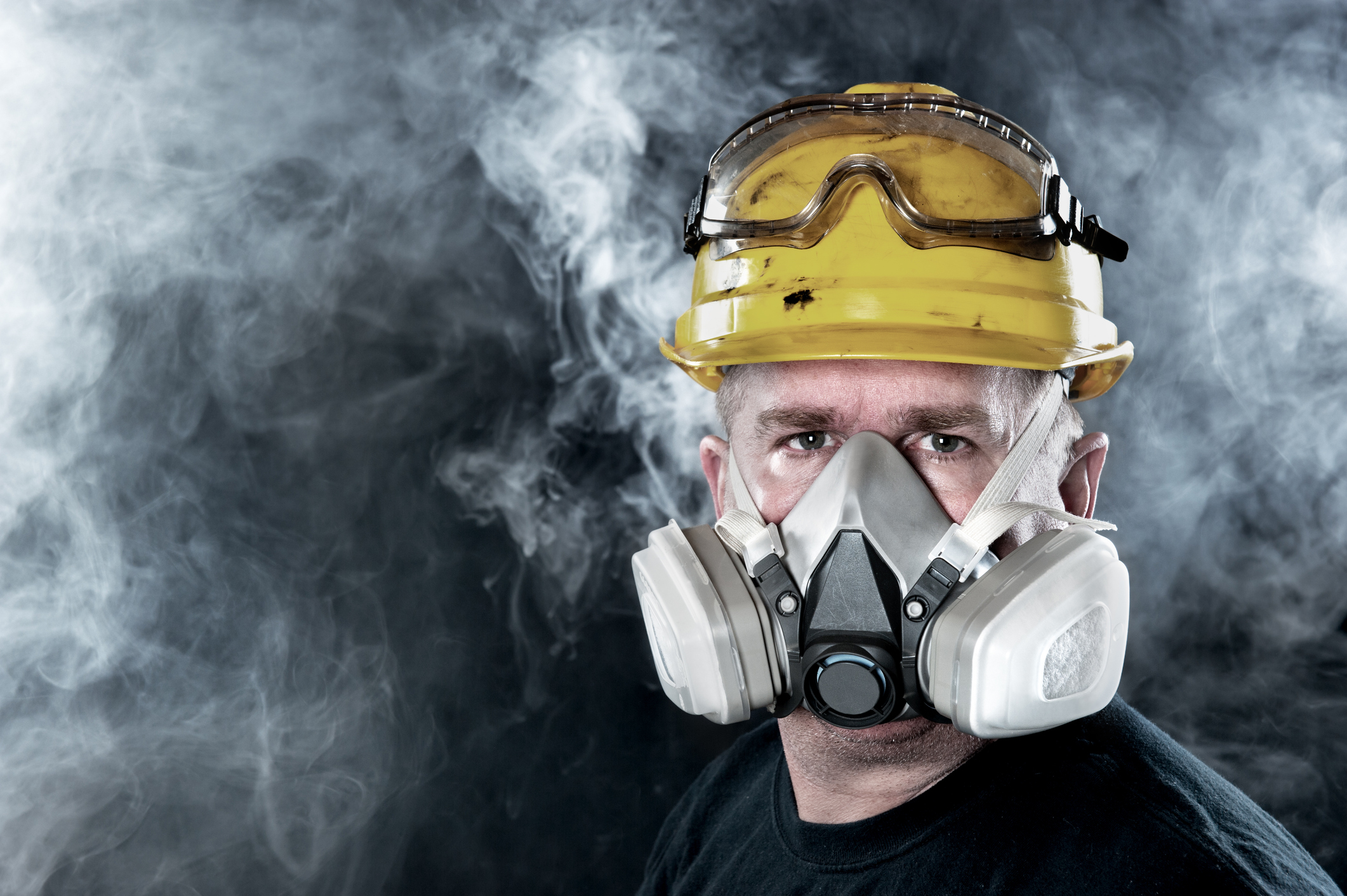Beyond Gloves: 7 Things to Do to Keep Your Hands Safe at Work

Your hands are used in just about every facet of your work and daily life. But they’re also one of the most exposed and vulnerable parts of your body.
Whether you spend all day writing reports and e-mails or whether you handle materials and use construction tools after punching the clock, keeping your hands safe should be a priority.
The most obvious way to protect your hands is with the right PPE. Every worker engaged in hazardous work should wear safety gloves suitable for the job. But gloves are your last line of defense and a lot of other measures should be in place to keep your hands safe (for advice on selecting the right hand protection PPE, see 12 Types of Hand Protection Gloves).
In this article, we’ll go over seven important things you can do to keep your hands safe at work.
1. Conduct a Hazard Assessment and Job Safety Analysis
Conducting a hazard assessment is the first step in identifying tasks that put our hands in danger. It allows us to take the time to review equipment for pinch points, note material that may be jagged or become splintered, identify extremely hot and cold surfaces, and list potential sources of chemical exposure
Once it’s completed, the hazard assessment should be communicated to the exposed workers on an annual and intermittent basis in order to spread awareness and help cultivate safety culture.
A job safety analysis (JSA) is the next step in communicating hazards to workers. These are often conducted by a foreman or supervisor, who lists each task and provides a step-by-step process to safely execute it. The JSA should provide a methodical means to eliminate or mitigate exposure to hazards and identify when, which, and where proper safety gloves shall be worn (learn 4 Steps to Conducting Effective Job Safety Analyses).
The JSA should be communicated and reviewed before starting each new task and intermittently after that. Workers should be encouraged to assist and comment on the JSA as their feedback is invaluable in the creation and maintenance of this living document.
2. Engineering controls
Before donning safety gloves, we should ask ourselves if we can eliminate the hazards completely. If it’s not possible to eliminate all hazards, then we should consider whether engineering controls could be implemented. These controls help us reduce exposure by modifying the processes, equipment, and materials involved in the work (learn more about The Hierarchy of Hazard Controls).One example of this is machine guarding. A machine guard is a protective barrier to prevent workers from making contact with hazardous energies created by moving machinery.
3. Mitigate Ergonomic Risks
Ergonomic risks are often overlooked because their negative effects are not immediate. But ergonomic and repetitive strain injuries are far more common than many suspect.
Workers who regularly repeat tasks, use forceful exertion, or are exposed to vibration and sustained awkward positions are at risk to ergonomic injuries.
Enlist an ergonomic specialist to assess your workplace and help you implement a repetitive strain prevention program.
4. Proper Tool Use and Care
All tools should be inspected prior to use, serviced regularly, and the workers using them should receive formal training on their proper use. Refer to owner’s and operator’s manuals to determine maintenance and servicing intervals.
Generally, the responsibility for inspection lies with the supervisor. However, workers who use tools and equipment daily should also inspect them before starting their work. As soon as any problems are discovered, the tool must be removed from use and tagged. The tag should read something along the lines of “Defective – Do Not Use.”
The misuse of tools and equipment is a frequent cause of injuries. It’s often assumed that everyone knows how to use common hand tools, but this assumption can lead to injury.
Employers and supervisors have a responsibility to ensure that all workers are trained and competent in the use of the tools and equipment in their workplace. Training programs can be created internally and reviewed periodically throughout the year (consider these 6 Ways a Permanent, In-House Safety Trainer Can Benefit Your Organization). They can also be communicated to new hires during orientation. Companies can also look to external training providers to assist then in delivering training to their employees.
The training program should pay close consideration to all equipment and tools, no matter how mundane the task. Every employee, no matter how much experience or seniority they have, should be required to participate. This training is an opportunity to make sure that fundamental safe practices are fresh in everyone’s minds.
5. Safety Data Sheets
To help protect against exposure, employers must inform workers of the specific chemicals used in the workplace and provide access to the corresponding safety data sheets.
Employers and safety committees should make a list of controlled products onsite available to employees. The list should be reviewed and updated as new products come in or old ones exit.
The safety committee and supervisor should review the safety data sheets and draft a list of PPE required to safely handle the products.
6. Foster a Safety Culture
A successful health and safety program starts with a positive safety culture. Every company should encourage and promote safety from the moment a worker starts their shift right until the moment they clock out at the end of the day.
Employees respond well to a positive safety culture and well communicated policies and programs. They are more apt to follow safe work procedures, use the PPE supplied, and report hazards to their supervisors.
With a positive safety culture, every employee – both new and seasoned – knows that safety in their workplace truly is number one. Supervisors and management should be encouraged to attend the same safety training as their workers in order to lead by example and communicate the value of these initiatives (see Workplace Safety Culture 101 to learn more).
7. Ensure Proper Housekeeping
Construction debris tends to be irregular in shape and hard to handle. It can also be full of sharp edges. Making sure it gets cleared away helps prevent injuries.
A low standard for housekeeping can wear down the morale of workers but it can also lead to cluttered pathways impeding material handling equipment and thus increasing the need for manual handling.
Employers should provide ample disposal systems for the various types of degree created over the course of a regular work day. Materials should have nails, screws, and sharp edges bent over or removed, and employers should promote daily post-work clean up tasks.
Conclusion
Wearing gloves that give your hands ample protection is essential to keeping them safe. But it’s not enough. By looking beyond the glove and implementing various other measures to mitigate risks, you can be confident that you or your employees will make it through the day with their hands unharmed.
Blog Posts
Latest Posts
Related Posts




